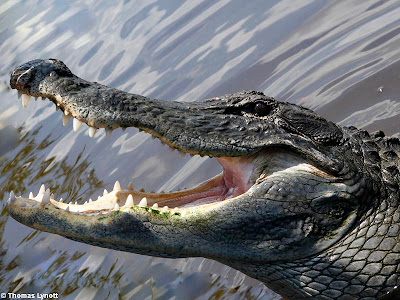Chironex (Box Jellyfish)
This beautiful yet deadly animal is native to Northern Australia and is also some times referred to as the 'marine stinger' or 'sea wasp'. It is believed to be one of the, if not the most venomous creature around. This jellyfish has tentacles which are covered in high amounts of nematocysts as well as venom.
The Chironex is one of the largest jellyfish in these waters and it's bell can grow to the size of a soccer ball. Each corner of the bell has 15 tentacles.The sting from a Chironex can be fatal and is extremely painful, often associated with severe effects on the victims nervous system and heart. These jellyfish are known for their ability to kill a victim within 4 minutes, faster than any snake. If stung one should apply vinegar to the sting as to prevent nematocysts which have not yet been let off. CPR may also be required shortly after the sting has taken place. It is important if stung to immediately seek medical attention. An anti-venom for the Chironex does not exist, making the importance of experienced help a necessary.
So if you head to Northern Australia for some diving, be sure that you look out for warnings signs on beaches about these creatures and never take the threat of them lightly.



Crocodiles and Alligators
When walking through certain marshes or lakes divers should always be aware to the fact that there may be a crocodile or alligator hidden just below the murky surface. These creatures are sometimes fed by humans which will only lead them to believe that humans are associated with their food source. This can start to become dangerous for people, leading to possible attacks.
A behavioural difference between crocodiles and alligators to Great White sharks is that while the Great White will almost always attack for feeding purposes, both the crocodile and alligator are highly territorial with the salt water crocodile being the most aggressive to humans. There's also been reports on crocodiles attacking small boats such as canoes. What most people don't realize is that despite it's appearance these animals can run extremely fast for their weight.
So while not posing a large threat on the average sea diver, the fresh water divers within the warm tropics should always be sure to keep an eye out for these creatures. It is often wise to speak to locals in the area about the marshes and lakes when diving in an unfamiliar area.



Blue-Ringed Octopus
This small octopus rarely grows larger than 20 centimeters and is located in shadow waters and tidal pools in tropical areas. Depending on the mood of the octopus, the blue coloured rings upon it change in intensity and brightness.
The attack of this tiny creature can be deadly and there is no known antidote for a bite from it. The bite itself is not too painful, but the effects of the bite are catastrophic. The octopus has a neuromuscular paralysing venom which can cause paralysis and death within a short while. While there are occasions where if the victim is put on a respirator they can survive, getting bitten by one of these creatures is definitely one of the most dangerous things that can happen.
If you come close to one of these animals in the wild, you should be sure to keep your distance and do all in your power not to disturb it. You will be gambling with your life.















 [/center]
[/center]